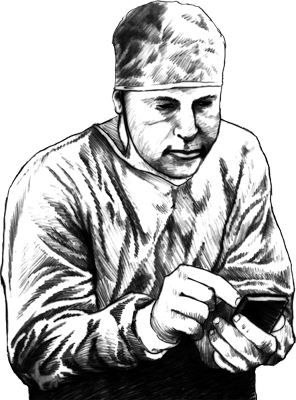Submitted by Dan Keller RN MS on
 Building a data model that usefully captures and supports the tasks performed by nurses on the various different types of nursing units that comprise today's complex hospital was no small accomplishment. Each type of nursing unit stretches NurseMind's model in a different way.
Building a data model that usefully captures and supports the tasks performed by nurses on the various different types of nursing units that comprise today's complex hospital was no small accomplishment. Each type of nursing unit stretches NurseMind's model in a different way.
The initial product design was for med-surg units, in which a patient is present for the entire shift, care is spread out over that period, and many of the tasks (e.g. setting up meals) are regular, predictable, and similar for all patients. That model has been generalized to support other types of units.
In the E.D., it's very different. One goal is to treat patients right away (it is the emergency room); another is to get them back out the door ASAP. So tasks typically come as a set of three dense protocols: patient arrival, care plan (treatment for the specific thing they have, of which there are roughly a dozen into which almost all patients fall), and discharge.
OB presents a special challenge. A particular protocol will continue until some event occurs, e.g. checking vitals Q4H until water breaks. Then that protocol stops and a post-water-breaks protocol (check vitals Q2H) is started. So for OB, we added this functionality: stop a protocol (i.e. erase any remaining tasks in it). To start the new protocol, the mechanism is Remind Me.
To support peri-op, our model required the ability to support protocols where deadlines are relative to an end time, i.e. the start of surgery. That is, task deadlines must here by calculated backward from that moment, e.g. antibiotics half an hour before surgery and analgesics ten minutes before.
Another one that stretches our model is ICU which has especially complex protocols (e.g. ventilator operation) combined with the med-surg model of the patient who remains in the unit for entire shifts, days, even weeks.
Thus, NurseMind's data model captures much of the deep content of nursing work.
- Dan Keller RN MS's blog
- Log in or register to post comments
